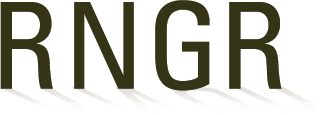Long-term grazing effects on genetic variability in mountain rough fescue
Fu, Y., Thompson, D., Willms, W., Mackay, M.
2005.
Rangeland Ecology & Management, Volume 58, Number 6: 637-642
Journal Article
Development
Western Canada
Festuca campestris Rydb. (mountain rough fescue) is a dominant grass species in the montane grasslands of western Canada. Little is known about the genetic diversity of this plant and the effects of long-term grazing on the genetics of populations. The amplified fragment length polymorphism (AFLP) technique was applied to compare the genetic diversity of fescue plants at adjacent grazed and protected areas for 3 populations spread across a longitudinal range: Stavely in the foothills, Milroy in the Rocky Mountain trench, and Goose Lake on the interior plateau. Five AFLP primer pairs were used to screen the tiller samples of about 39 plants in each grazed (or ungrazed) area, and 139 polymorphic AFLP bands were scored for each individual sample. These scored bands had frequencies ranging from 0.03 to 0.98 with an average of 0.56. About 81% of the total AFLP variation resided within the populations. The Goose Lake population had the lowest level of AFLP variation, but genetically was the most distinct. Four AFLP bands were possibly associated with chromosomal segments significant for grazing resistance. Comparisons of AFLP variation between grazing and nongrazing samples revealed variable and relatively small impacts of the long-term grazing on the genetic diversity of the grazed populations. The AFLP variation of grazed samples was 1.5% lower at Goose Lake, 2.2% higher at Milroy, and not different at Stavely. If developing diverse germplasm for rangeland seedings is desired, one should sample across geographic space rather than combining materials with and without historical grazing pressure.





